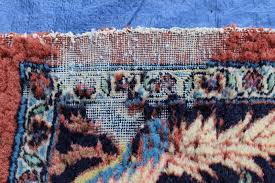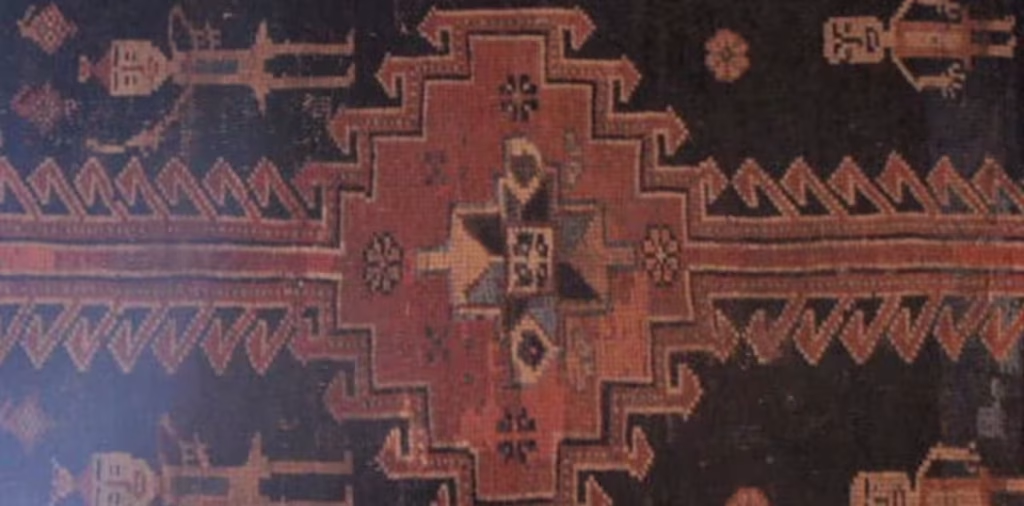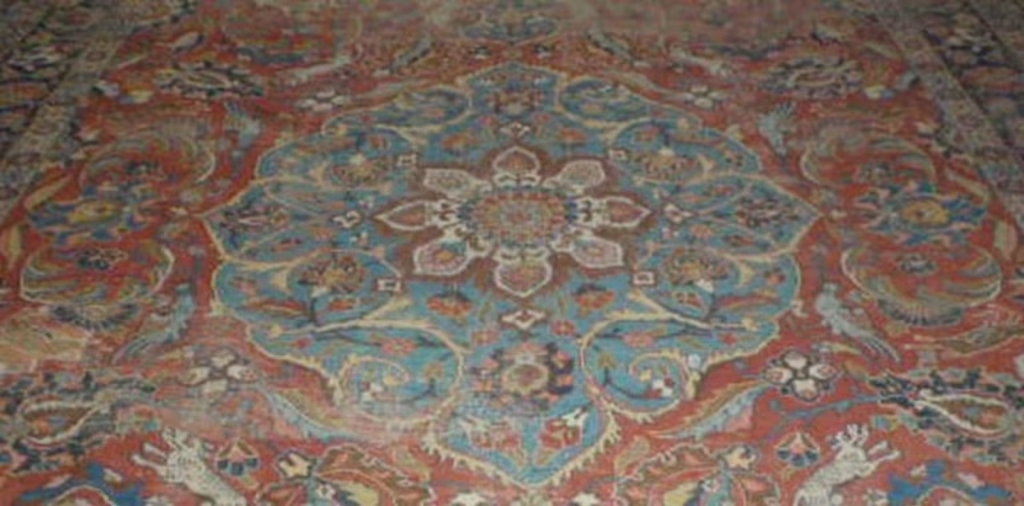Moth Damge:
In this comprehensive guide, we delve into various treatment options for combating moth infestations in rugs. From preventative measures like regular cleaning to immediate actions like isolation and chemical treatments, we cover it all. Additionally, the blog addresses the importance of long-term maintenance and educational initiatives for raising awareness about moth damage. Whether you’re dealing with an active infestation or looking to prevent one, this blog offers invaluable advice and solutions.
Published on 2023-09-03

Moth Damage to Rugs: Causes, Treatment, and Awareness
Introduction
Moth damage to rugs is a problem that is often underestimated until it’s too late. The destruction caused by moth larvae can ruin valuable rugs, leaving homeowners frustrated and facing costly repairs or replacements. Understanding the causes, effective treatments, and how to raise awareness can help in preventing and dealing with this pesky problem.
Causes of Moth Damage to Rugs
1. Moth Infestation
Clothes Moths: The most common types of moths that cause damage to rugs are clothes moths, including the webbing clothes moth (*Tineola bisselliella*) and the casemaking clothes moth (*Tinea pellionella*).
Larvae, Not Adults: It’s not the adult moths but their larvae that feed on the rug fibers, especially those made of natural materials like wool and silk.
Causes of Moth Damage to Rugs
1. Moth Infestation
Clothes Moths: The most common types of moths that cause damage to rugs are clothes moths, including the webbing clothes moth (*Tineola bisselliella*) and the casemaking clothes moth (*Tinea pellionella*).
Larvae, Not Adults: It’s not the adult moths but their larvae that feed on the rug fibers, especially those made of natural materials like wool and silk.
2. Conditions Favoring Infestation
- Humidity: Moths are more likely to breed in high humidity conditions.
- Darkness: Moths prefer dark, undisturbed areas like under furniture.
- Food Spills and Pet Hair: Organic matter on the rugs like food spills or pet hair can attract moths.
3. Neglected Storage: Storing rugs without proper cleaning and mothproofing can lead to moth damage.
Options for Treatment
1. Proactive Measures
Regular Vacuuming: Consistent vacuuming can effectively remove both larvae and eggs.
Expert Cleaning: A professional cleaning of the rug every 12 to 24 months is recommended.
Moth-Repellent Sprays: Using specialized sprays can create a barrier that wards off moths.
2. Steps for Existing Infestations
Quarantine: Separate the contaminated rugs to stop the moths from proliferating.
Intensive Cleaning: Utilizing hot water extraction or a professional cleaning service can exterminate larvae and eggs.
Chemical Interventions: Insecticides can be an effective solution but must be used carefully and in accordance with safety guidelines.
3. Ongoing Upkeep
Periodic Checks: Regular assessments can assist in early identification of a problem.
Climate Management: Maintaining optimal levels of humidity and temperature can dissuade moth activities.
Spreading Awareness
Knowledge Dissemination
Workshops on Home Care: Hosting or attending informational sessions about preventing moth damage can be particularly helpful.
Digital Outreach: Utilize blogs, articles, and social media to disseminate valuable information.
Testimonials: Personal stories of experiences with moth damage often inspire others to take preventive measures.
Expert Guidance: Rug retailers and cleaning services can offer useful insights and advice to their customers.
Conclusion
Moth damage to rugs is more than just a minor inconvenience; it can be a costly problem that ruins valuable belongings. However, understanding its causes, taking effective preventative and curative measures, and spreading awareness can go a long way in mitigating this issue. Regular maintenance, professional cleaning, and public education are key to tackling the problem of moth damage to rugs.


